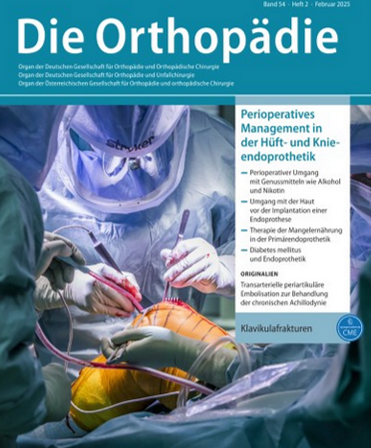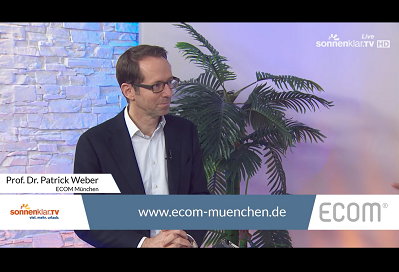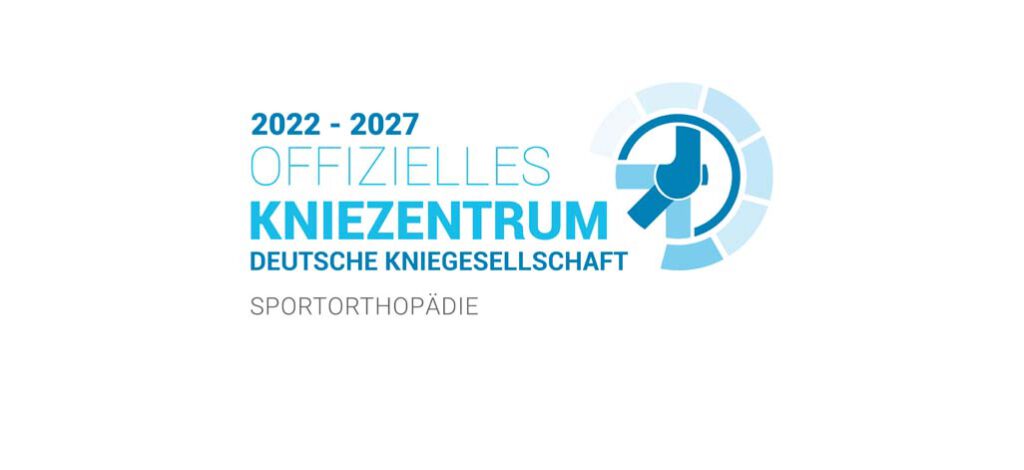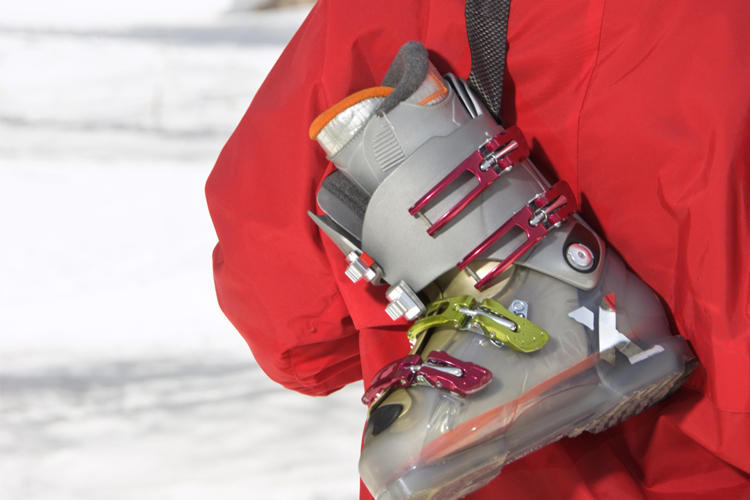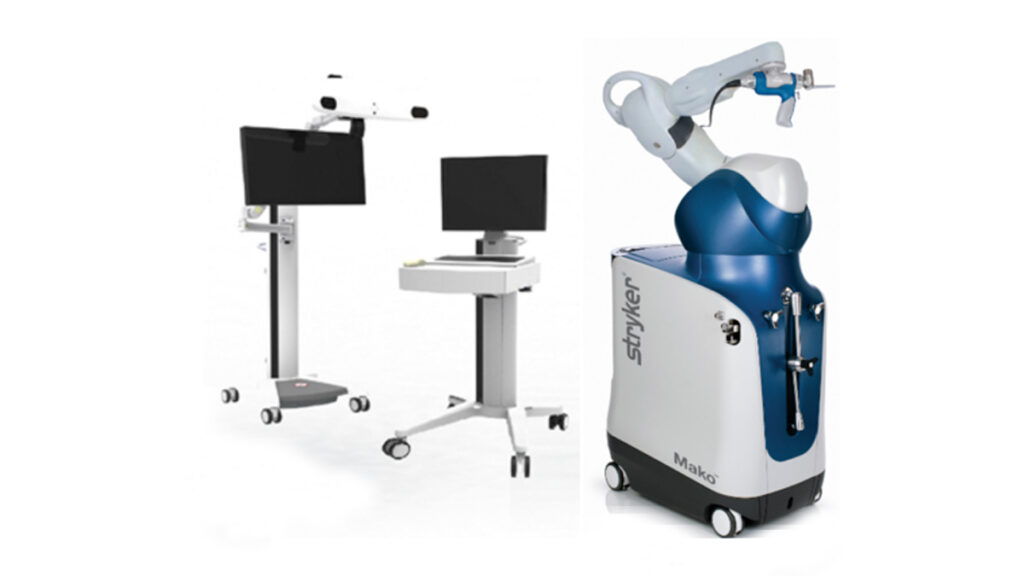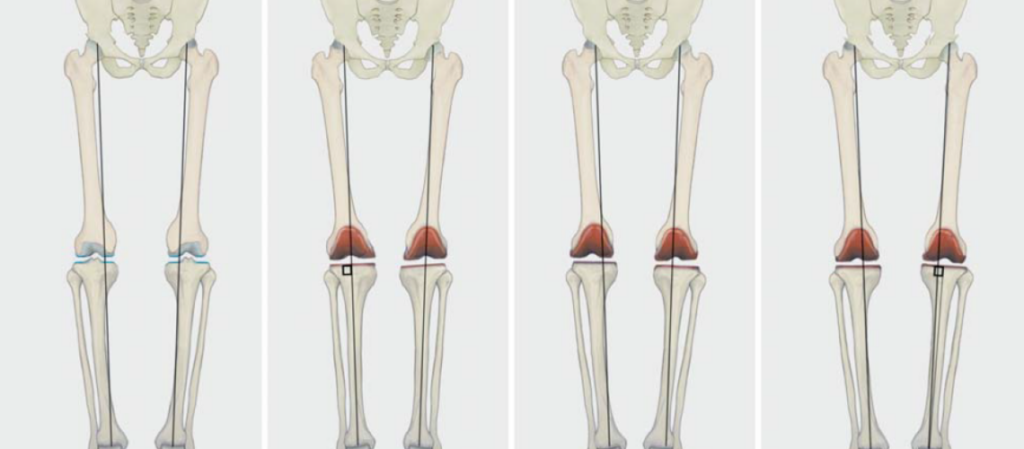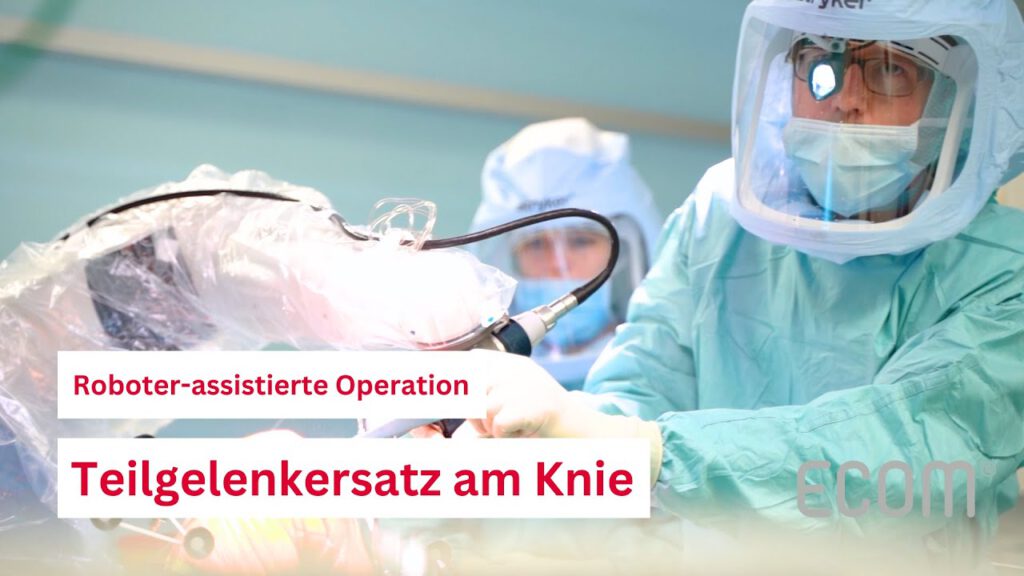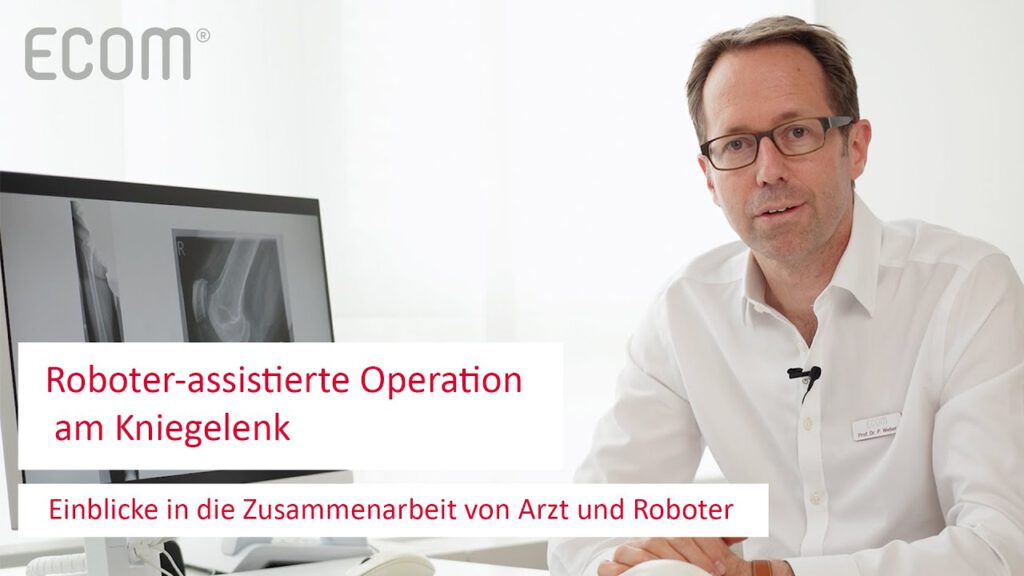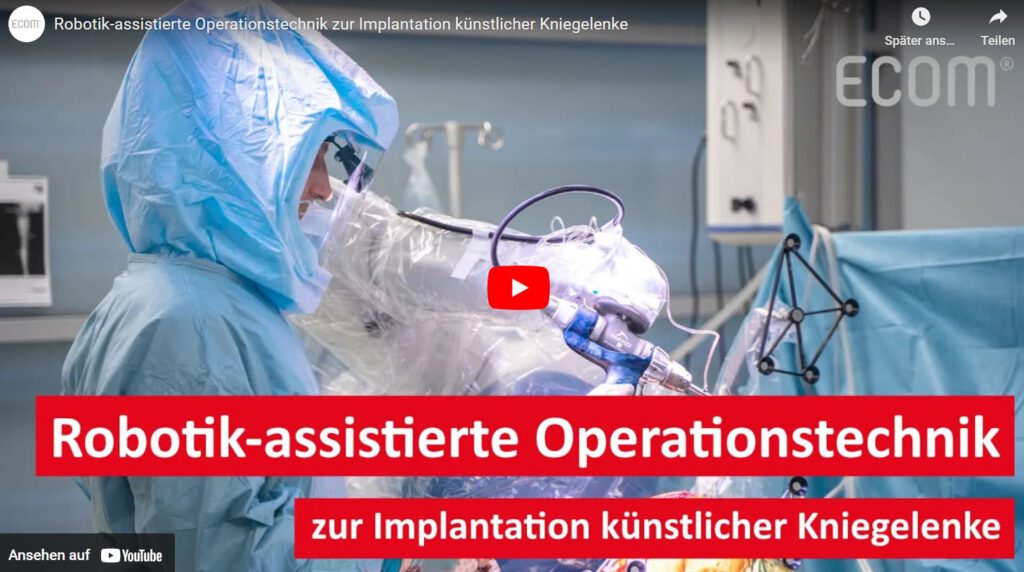Seiten
- f Ärzte – Prof. Dr. Weber
- e Rücken – muskuläre Beschwerden
- e Rücken – Iliosakralgelenke
- e Rücken – Facettengelenke
- e Rücken – Behandlungsmethoden
- e Rücken – Bandscheibenvorfall
- e Rehabilitation
- e PRP
- e Praxis – Patientenmeinungen
- e Praxis – Netzwerk f
- e Praxis – Galerie
- e Patienten – privat versichert
- e Patienten – gesetzlich versichert
- e Orthopaedische Chirurgie
- e Mako Smartrobotics
- e Kontakt
- e Knie – Übersicht
- e Knie – Patellasehnenriss
- e Knie – Meniskusriss
- e Knie – Kreuzband
- e Knie – Knorpel
- e Knie – Kniescheibe
- e Knie – Kinematisches Alignment
- e Knie – Fehlstellungen
- e Knie – Endoprothetik Gelenkersatz
- e Knie – Arthroskopie
- e Karriere
- e Impressum
- e Hyaluronsäure
- e Hüfte – Übersicht
- e Hüfte – Endoprothetik
- e Hüfte – Arthroskopie
- e Hüfte – AMIS
- e Allgemeinmedizin
- e Ärzte – Dr. Harrasser
- e Ärzte – Dr. Haselsteiner
- e Aktuelles
- e Extrakorporale Stosswellentherapie
- e Extrakorporale Magnet-Transduktionstherapie
- e Endoprothetik Gelenkersatz
- e Datenschutzerklärung
- e Digitale Volumentomographie – DVT
- e ECOM – Practice for Orthopaedics Sports Medicine & Trauma Surgery Munich
- e Ärzte: Dr. med. Sebastian Kieslich
- e Auszeichnungen
- e Behandlungen
- e Behandlungen – Arthroskopie
- e Ärzte – Dr. Schallner
- e Ärzte – Prof. Dr. Gollwitzer
- e Ärzte – Prof. Dr. Weber
- e Ärzte – Dr. Rembeck
- e Ärzte – Dr. Rauch
- e Fuss – Hammer-/Krallenzehen
- e Fuss – Hallux Valgus
- e Fuss – Gelenkersatz
- e Fuss – Arthroskopie Sprunggelenk
- e Fuss – Achillessehne
- e Fuss – Knick-Senkfuss
- e Fuss – Übersicht
- Philosophie mobile
- Hyaluronsäure
- Knie – Übersicht
- Datenschutzerklärung
- Rücken – Übersicht
- Rücken – Behandlungsmethoden
- Rücken – Spondylolisthesis
- Rücken – Iliosakralgelenke
- Rücken – Facettengelenke
- Rücken – muskuläre Beschwerden
- Rücken – Skoliose
- PRP
- Fuss – Arthroskopie Sprunggelenk
- Schulter – Arthroskopie
- Knie – Arthroskopie
- Hüfte – Endoprothetik
- Ärzte – Dr. Haselsteiner
- Praxis – Galerie
- Schulter – Übersicht
- Hüfte – Arthroskopie
- Zuweiser
- Patienten – gesetzlich versichert
- Karriere
- Knie – Endoprothetik Gelenkersatz
- Ärzte: Dr. med. Sebastian Kieslich
- Digitale Volumentomographie – DVT
- Ärzte – Dr. Schallner
- Auszeichnungen
- Aktuelles
- Ärzte – Prof. Dr. Weber
- Ärzte – Dr. Rembeck
- Rücken – Bandscheibenvorfall
- Kontakt und Anfahrt
- Extrakorporale Magnet-Transduktionstherapie
- Praxis – Patientenmeinungen
- Fuss – Hammer-/Krallenzehen
- Fuss – Knick-Senkfuss
- Fuss – Hallux Valgus
- Fuss – Gelenkersatz
- Fuss – Achillessehne
- Fuss – Übersicht
- Hüfte – AMIS
- Hüfte – Übersicht
- Knie – Kinematisches Alignment
- Behandlungen – Arthroskopie
- Knie – Knorpel
- Knie – Fehlstellungen
- Knie – Kreuzband
- Impressum
- Knie – Kniescheibe
- Knie – Patellasehnenriss
- Knie – Meniskusriss
- Unser Fachpersonal
- Behandlungen
- Endoprothetik Gelenkersatz
- Patienten – privat versichert
- Allgemeinmedizin
- Mako Smartrobotics
- Rehabilitation
- Extrakorporale Stosswellentherapie
- Orthopaedische Chirurgie
- Sportorthopädie
- Praxis – Netzwerk f
- Ärzte – Prof. Dr. Gollwitzer
- Ärzte – Dr. Harrasser
- Ärzte – Dr. Rauch
- ECOM – Praxis für Orthopädie Sportmedizin & Unfallchirurgie München





